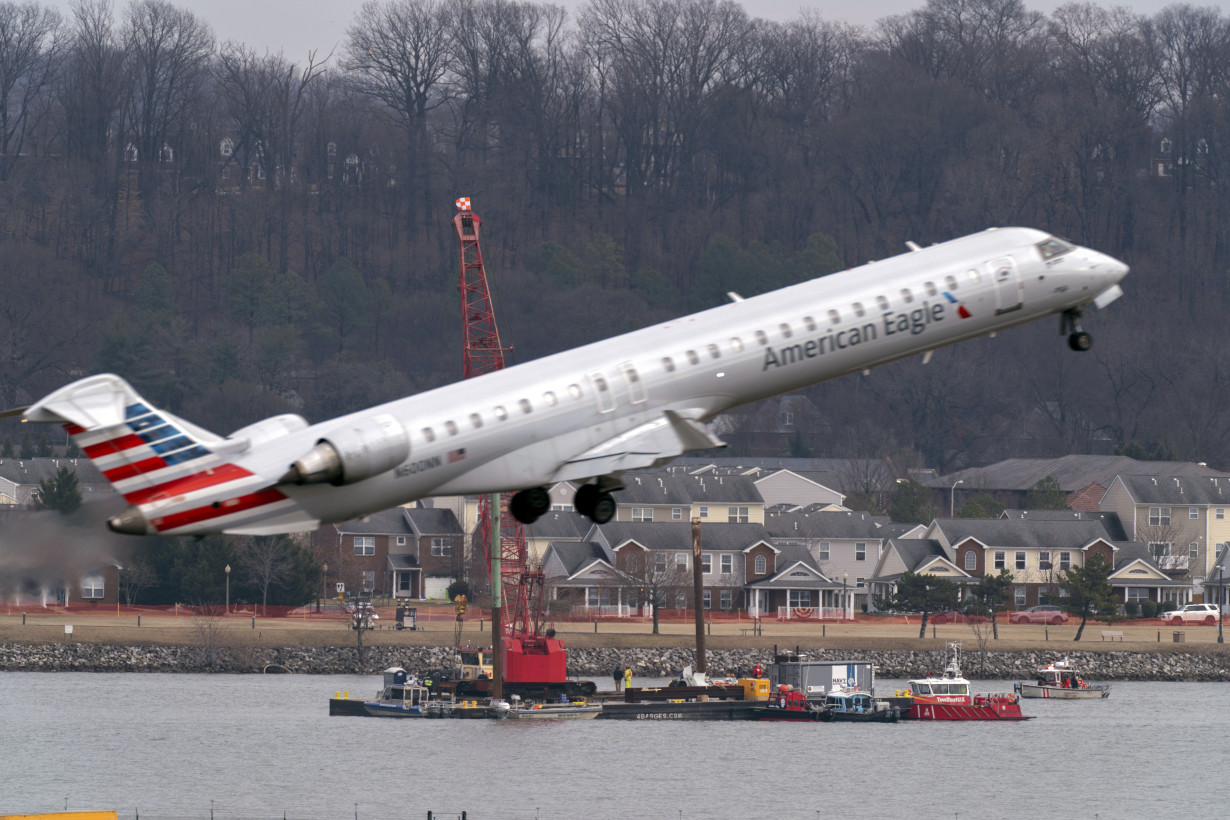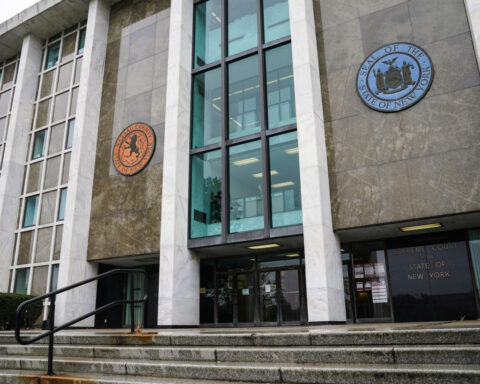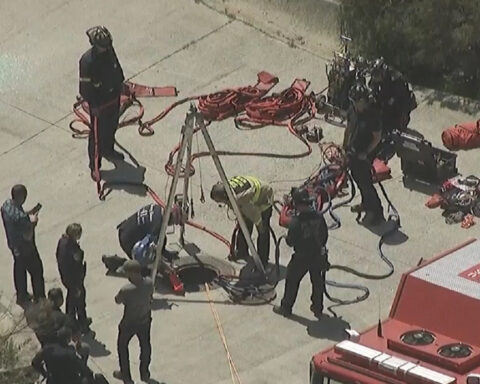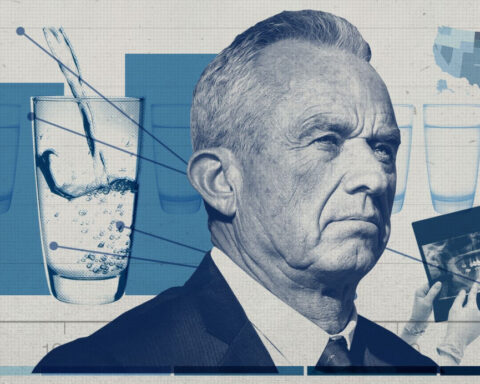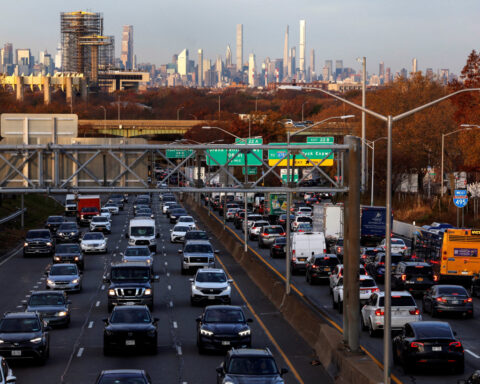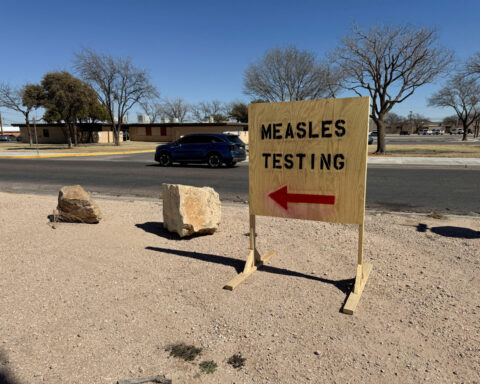CONCORD, N.H. (AP) — Sad. Happy. Anguished. Guilty.
Denise Lockie of Charlotte, North Carolina, has felt all of the above in recent weeks, as a string of major aviation accidents brought back memories of crash-landing in an icy river in New York. Sixteen years after the “Miracle on the Hudson,” she and other aviation disaster survivors stand ready to support those who are just emerging from their ordeal in Toronto on Monday.
“Right now, they haven’t even processed what has happened,” Lockie said of the 80 passengers and crew members who survived when Delta Air Lines flight 4819 crashed and flipped over at Pearson International Airport.
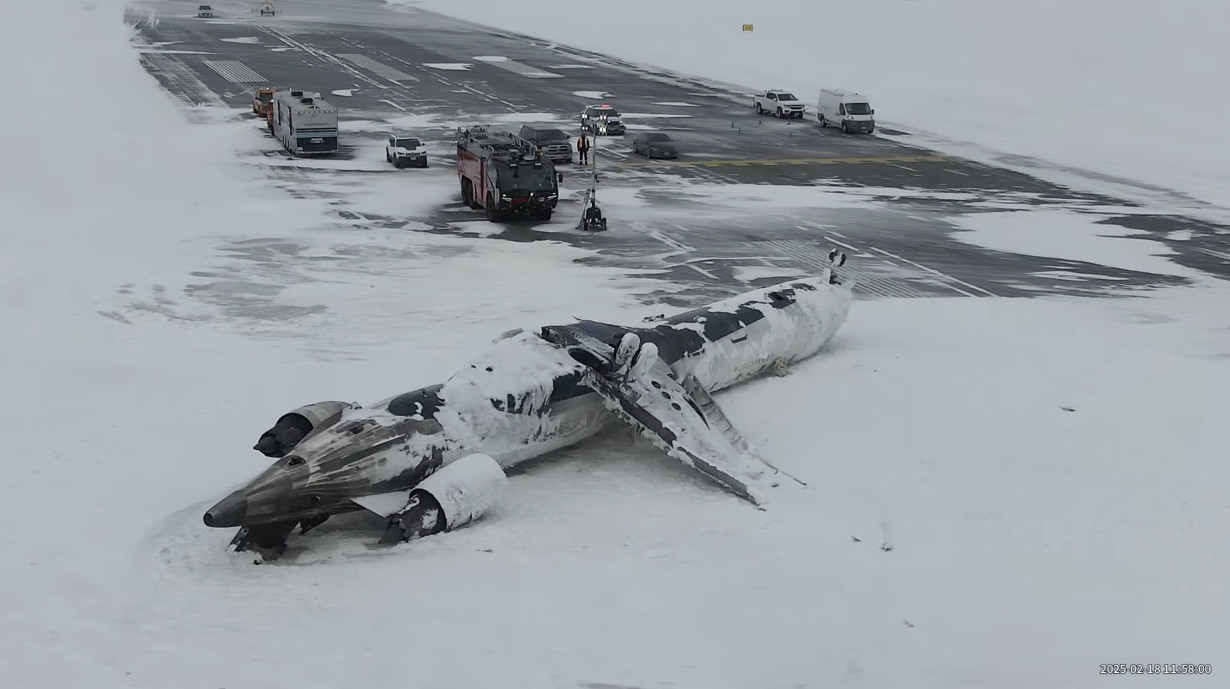
There were no survivors when a commercial jetliner and an Army helicopter collided in Washington, D.C., on Jan. 29, a medical transportation plane crashed in Philadelphia on Jan. 31 and a plane carrying 10 people crashed in Alaska on Feb. 6. But in Toronto, not only did no one die, the last of the injured were released from the hospital Thursday.
“It’s amazing,” said passenger Peter Carlson, who spoke at a conference less than 48 hours after the crash. Though he managed to crack a joke — “Nothing beats a good road trip besides an airplane crash” — he later admitted struggling to leave his hotel room.
“I was quite emotional about this whole thing and just really want to be home,” said Carlson, the newest member of what retired flight attendant Sandy Purl calls a “sad sorority and fraternity.”
A history of survival
Monday's crash in Toronto wasn't the first time lives were spared during a major aviation disaster there: In 2005, all 309 people on board Air France Flight 358 survived after it overran the runway and burst into flames.
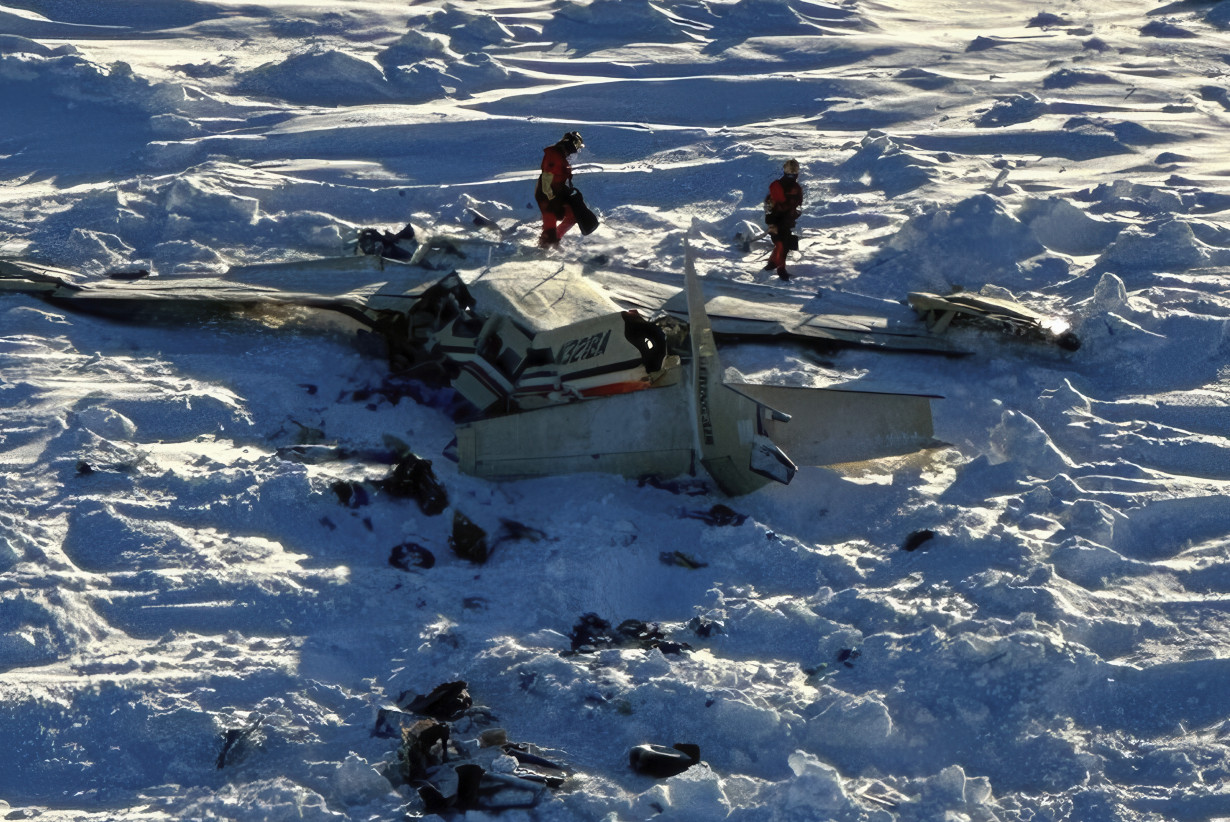
In 1989, 184 of the 296 people aboard United Airlines Flight 232 survived a crash in Sioux City, Iowa. And in 1977, Purl was one of 22 survivors when Southern Airways Flight 242 lost both engines in a hailstorm and crashed in New Hope, Georgia. Sixty-three people aboard the plane died, along with nine on the ground.
“Immediately you have a euphoria because you survived,” said Purl, now 72. “But then you go into what’s known as psychic numbing, which protects you from everything that’s in your brain that you can’t bring to the surface for a long time down the road, if ever.”
For more than a year after the crash, Purl’s strategy was to flee whenever anyone mentioned the disaster. Eventually she was admitted to a psychiatric hospital where she told the staff, “I can’t stop crying.”
A kindly doctor took her hand and reassured her what she was feeling was real.
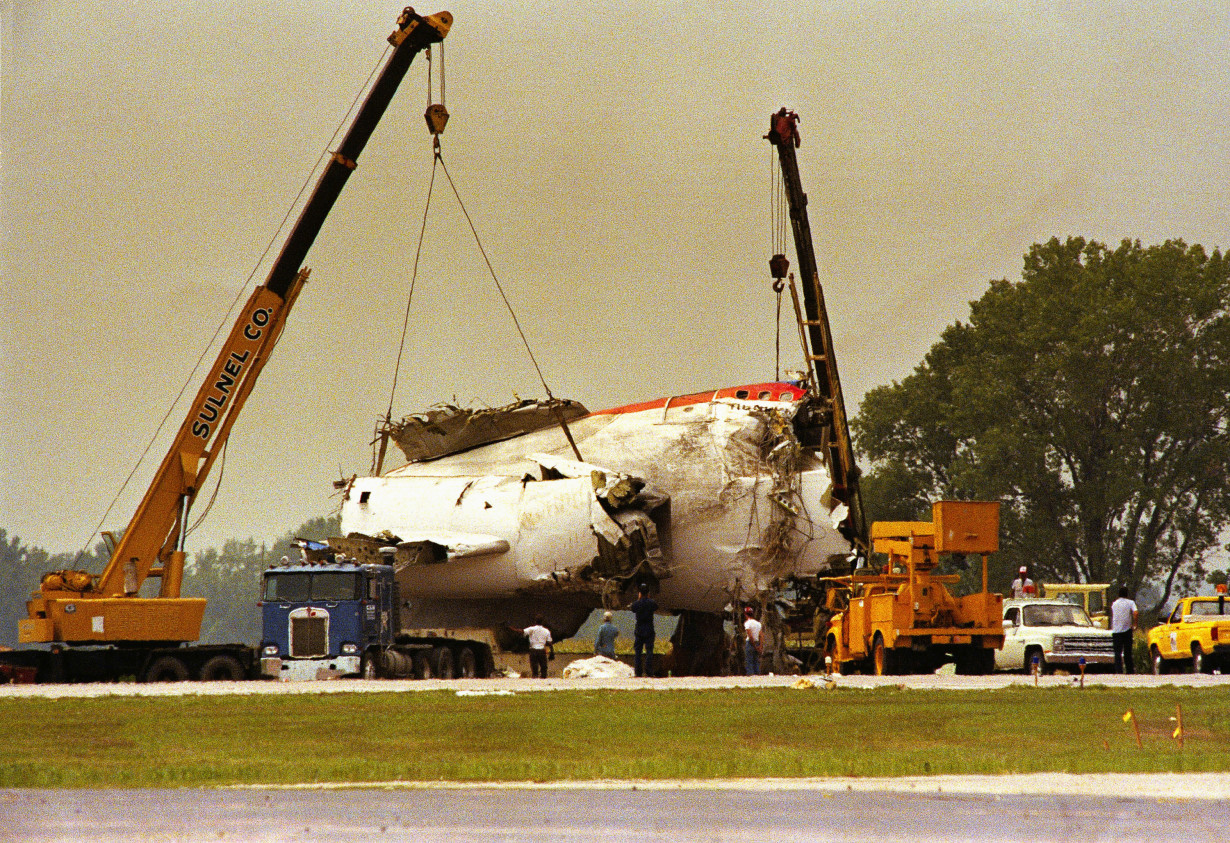
“For the first time, a year and a half later, people weren’t saying, ‘You look so good! Get on with your life, you’re so lucky to be alive,’” she said. “For the first time, someone gave me permission to feel and to cry and to feel safe.”
Survivors stick together
Both Purl and Lockie are members of the National Air Disaster Alliance, which was created in 1995 to support survivors and victims’ families and advocate for safety improvements.
In 2009, the group published an open letter to the 155 passengers and crew members of US Airways flight 1549 after Captain Chesley “Sully” Sullenberger famously landed the plane in the Hudson River after a bird strike disabled both engines.
“We are grateful and thankful that all survived, but survivors need time to process and comprehend what it means to be an air crash survivor,” the group wrote, encouraging survivors to rest, retreat, rely on others and reserve their rights to privacy.
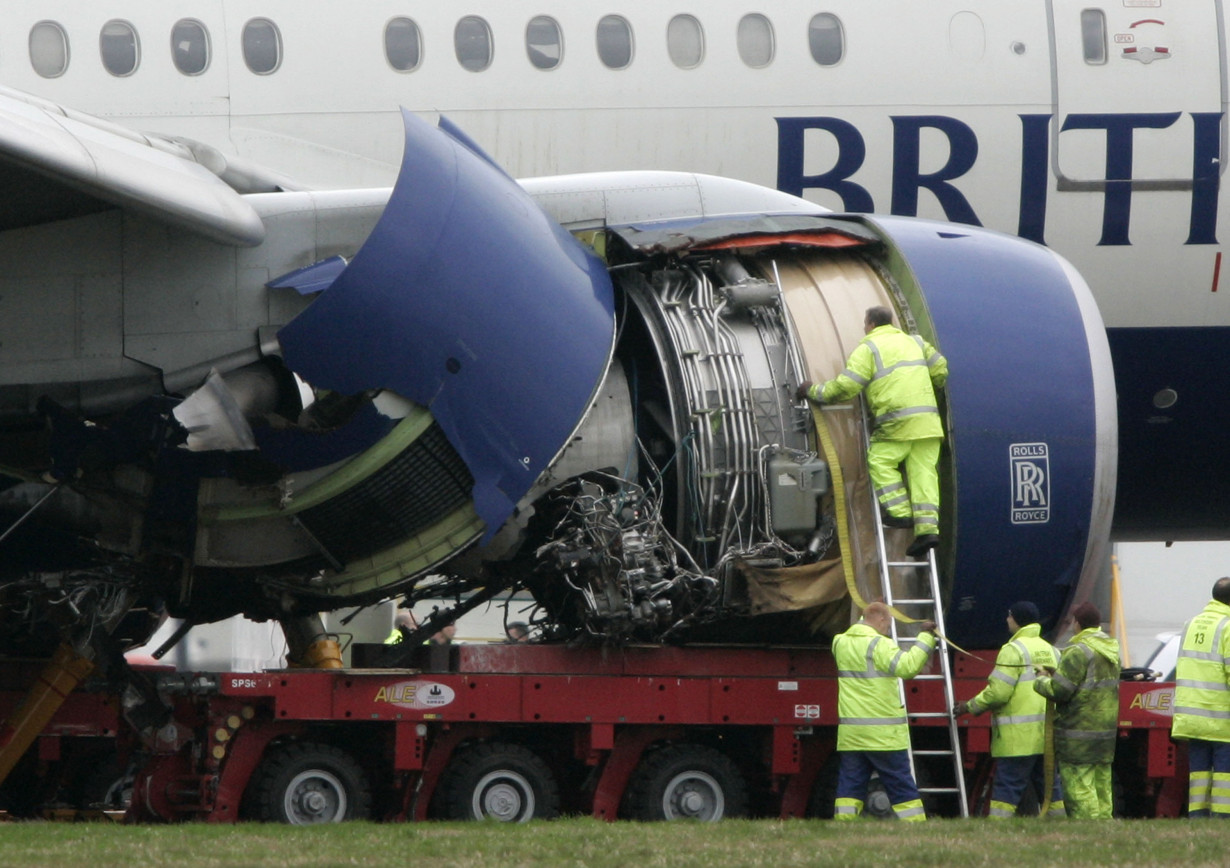
Paying it forward, Lockie is offering similar advice to those aboard the Toronto flight. She described being in a fog for about eight weeks after her crash, struggling to keep up with her corporate job as her injuries healed and being beset by nightmares and panic attacks.
“Absolutely number one as far as I’m concerned is taking to somebody who can understand,” she said. “I think Delta is a fantastic airline and I’m sure their care team is fantastic, but then again, how many people on those care teams have actually been involved in an aviation incident?”
Friends and family might urge survivors to move on with their lives, she said, but “it just doesn’t work that way.”
“You might have fears that come out later on, and you really have to be able to deal with those,” she said. “So my recommendation is to take all the help you can possibly take.”
It doesn't take much to trigger memories
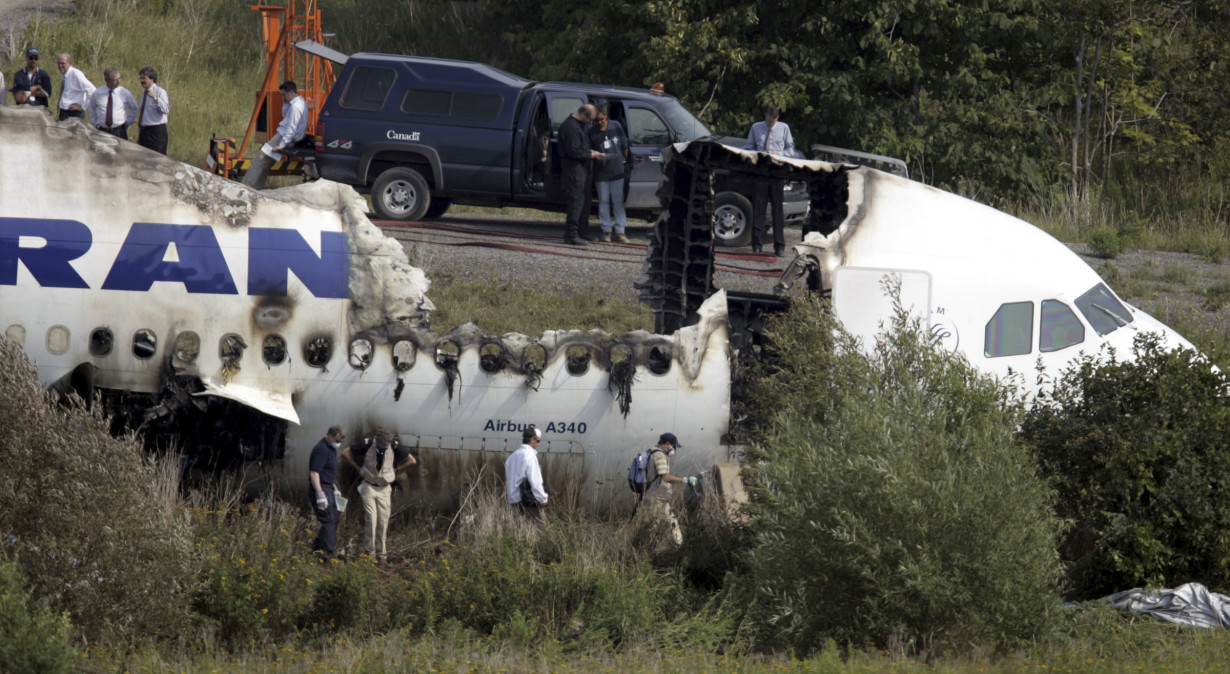
While Lockie said her experience hasn’t deterred her from flying often, it has shaped her behavior in other ways. When she enters a store or restaurant, for example, she always checks for the fastest way out.
“You have to be able to calm yourself if there’s something that triggers your emotional aptitude,” she said.
Purl, who returned to work as a flight attendant four years after the crash, said she can be triggered by the smell of gasoline or seeing news footage of other crashes.
“I look at the TV and I see my crash,” she said. “I smell it. I taste it. I see the black smoke and I can’t get through it. I feel the heat of the fire.”
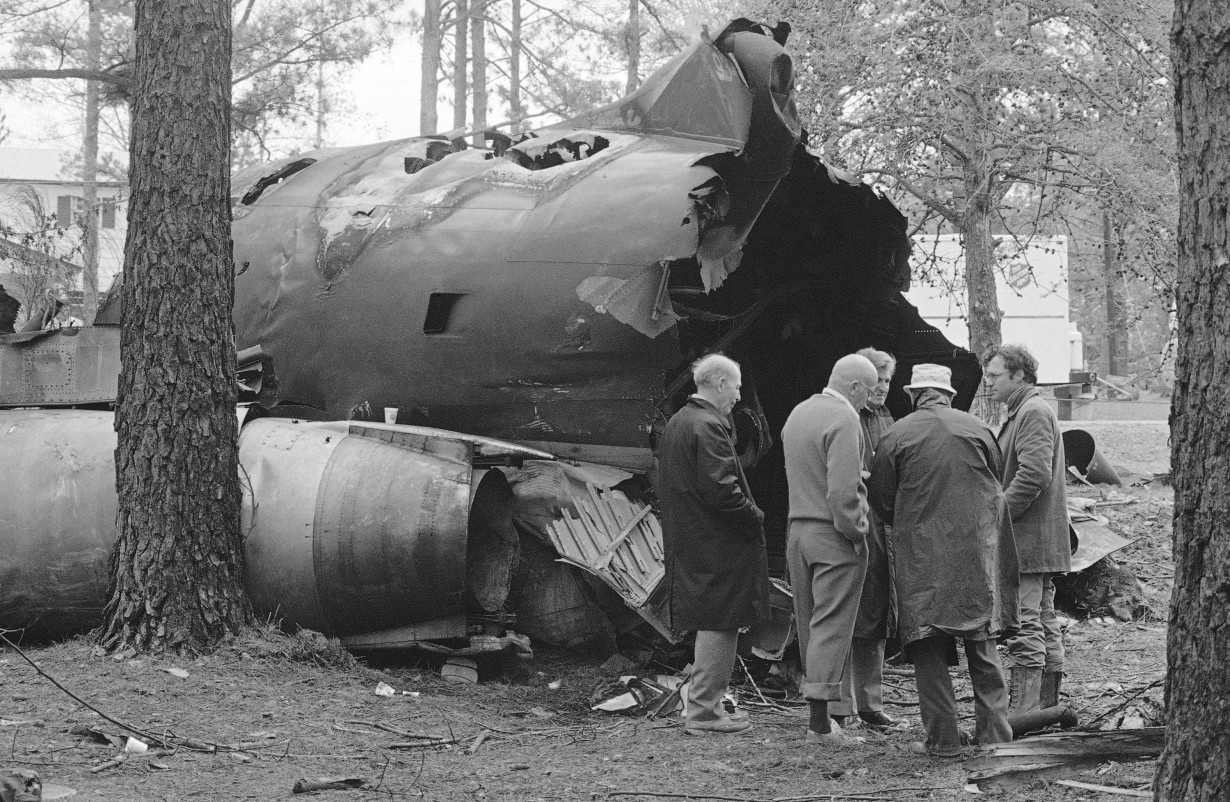
The Toronto survivors may find their experience exacerbates underlying traumas, she said.
“Like the layers of an onion, you pull one back and there’s another layer underneath,” she said.
Her advice: Live one day at a time, seek out people who offer unconditional love and talk, talk, talk.
“And then find a way to make a difference as a result,” she said.

 Trump has begun another trade war. Here's a timeline of how we got here
Trump has begun another trade war. Here's a timeline of how we got here
 Canada's leader laments lost friendship with US in town that sheltered stranded Americans after 9/11
Canada's leader laments lost friendship with US in town that sheltered stranded Americans after 9/11
 Chinese EV giant BYD's fourth-quarter profit leaps 73%
Chinese EV giant BYD's fourth-quarter profit leaps 73%
 You're an American in another land? Prepare to talk about the why and how of Trump 2.0
You're an American in another land? Prepare to talk about the why and how of Trump 2.0
 Chalk talk: Star power, top teams and No. 5 seeds headline the women's March Madness Sweet 16
Chalk talk: Star power, top teams and No. 5 seeds headline the women's March Madness Sweet 16
 Purdue returns to Sweet 16 with 76-62 win over McNeese in March Madness
Purdue returns to Sweet 16 with 76-62 win over McNeese in March Madness
